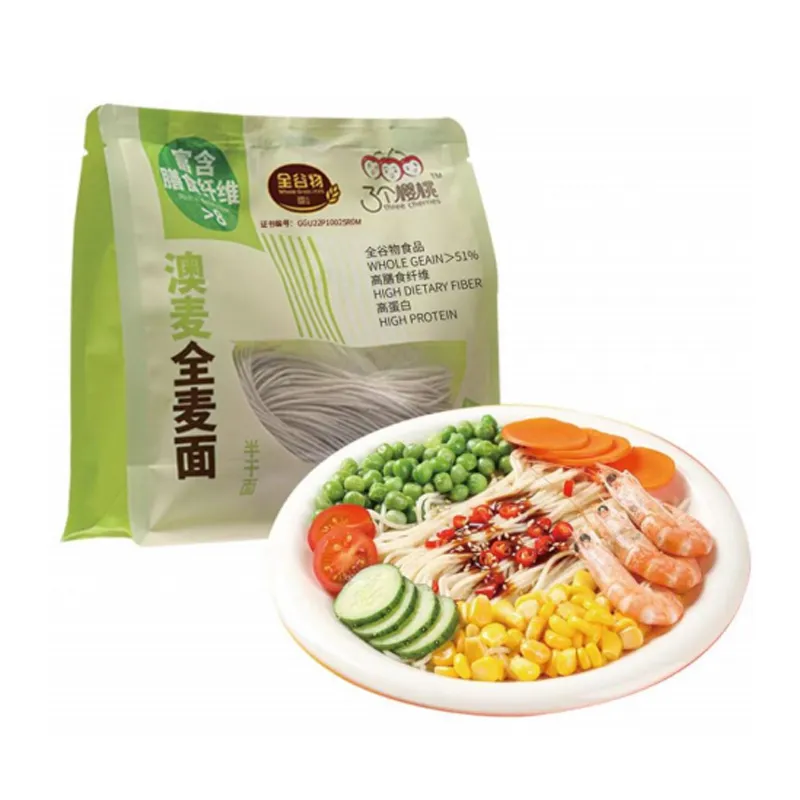A Creative Exploration of Udon's Unique Flavors and Cultural Significance
The Delightful World of Udon A Culinary Journey
Udon, the beloved Japanese noodle, has become a favorite among food enthusiasts around the globe. This thick, chewy noodle, made primarily from wheat flour, salt, and water, embodies the essence of Japanese culinary culture, combining simplicity with depth of flavor. In this article, we will explore the history, various types of udon, its health benefits, and a few delicious ways to enjoy this versatile dish.
A Brief History of Udon
The origins of udon can be traced back to China, where a similar type of wheat noodle was first introduced to Japan. Historical records indicate that udon began to appear in Japanese cuisine during the Heian period (794-1185). Initially known as byōdō, these noodles were a luxury item, enjoyed by the aristocracy. As time went on, udon evolved and became popular among the general public. Today, udon is a staple food in Japan, enjoyed in various regional styles and dishes.
Types of Udon
Udon is incredibly versatile, and there are many regional variations that reflect local ingredients and culinary traditions. Some of the most popular types include
1. Kake Udon The simplest and most common form, kake udon consists of plain udon noodles served in a warm, flavorful broth made from a combination of dashi, soy sauce, and mirin. It is often garnished with sliced green onions and a sprinkle of shichimi togarashi.
2. Zaru Udon A refreshing summer dish, zaru udon is served chilled on a bamboo mat, often accompanied by a dipping sauce made from soy sauce, dashi, and mirin. This dish is perfect for hot days when a warm broth might not be appealing.
udon

3. Yaki Udon Stir-fried udon, known as yaki udon, is a hearty dish made by stir-frying boiled udon noodles with a variety of vegetables and proteins such as chicken, beef, or shrimp. The dish is seasoned with soy sauce and often has a splash of sake or mirin for added flavor.
4. Curry Udon A delightful fusion of flavors, curry udon features udon noodles served in a rich, savory curry broth. This dish is satisfying and warming, making it a favorite during colder months.
Health Benefits of Udon
Beyond its delicious taste, udon offers several health benefits. As a wheat-based product, udon is a good source of carbohydrates, providing a quick energy boost. When made with whole wheat flour, it also contains fiber, which is beneficial for digestive health. The broth typically served with udon is often made with dashi, a Japanese stock that is rich in umami, providing essential nutrients.
Moreover, udon can be easily customized to incorporate a variety of vegetables and proteins, making it a balanced meal. By adding tofu, seafood, or seasonal vegetables, one can create a nutritious dish that is both filling and flavorful.
Conclusion Udon in Global Cuisine
As culinary borders continue to blur, udon has found its place in kitchens worldwide. Chefs are experimenting with udon in innovative ways, incorporating global flavors to create unique dishes. Whether enjoyed in a traditional setting or reinvented with new ingredients, udon remains a comforting and satisfying meal.
In summary, udon is more than just a noodle; it is a dish steeped in history and tradition that has adapted to modern tastes while maintaining its roots. Whether savored in a bustling Tokyo eatery or crafted at home, udon’s ability to bring people together over a simple bowl of noodles is a testament to its enduring appeal. So, the next time you indulge in a warm bowl of udon, take a moment to appreciate the rich cultural heritage that accompanies each delightful bite.
-
Unleash Your Inner Chef with Delectable Italian Pasta CreationsNewsAug.01,2025
-
Savor Health and Flavor: Irresistible Soba Noodles for Sale Await!NewsAug.01,2025
-
Nourish Your Body with Premium Organic Ramen - A Culinary Delight AwaitsNewsAug.01,2025
-
Elevate Your Dishes with Our Exquisite Kinds of Egg NoodlesNewsAug.01,2025
-
Dive into Flavorful Convenience with Our Ramen OfferingsNewsAug.01,2025
-
Discover Exquisite Types of Naengmyeon and Chilled Soba NoodlesNewsAug.01,2025
-
Is Whole Wheat Pasta Healthy?NewsMay.30,2025
Browse qua the following product new the we

















































































































